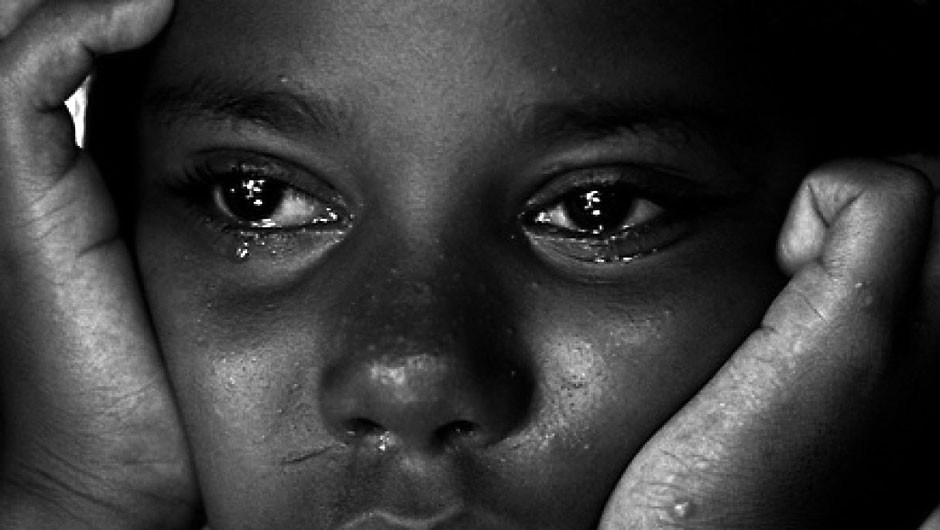Last week, disturbing security camera footage stunned France. It showed a man in Paris forcefully slapping a young woman who objected to being harassed on the street. The man said obscene and degrading comments, making “noises with sexual connotations,” as Marie Laguerre was walking home in Paris. When she quietly told him to shut up, he physically and brazenly attacked her.
Street harassment is a common experience for women in France and across the world. Women practice and are told to adopt many strategies to try and stay safe. This includes constantly assessing their surroundings, changing their routes and routines and altering what they wear. But these strategies don’t always work, and they limit women’s and girls’ lives. Instead of expecting individual women to change to try to avoid harassment, we must demand cultural changes and legal measures to stop street harassment in the first place.

Laguerre reported that bystanders who witnessed her attack were appalled, and the French minister for equality told reporters she was outraged. Most commenters on social media condemned the attacker for his actions and applauded Laguerre for reporting him and publicizing what he did. Still, some online commenters insisted that she should have kept quiet and not “provoked” her assailant.
Ignoring street harassment is no guarantee that a harasser will not escalate to assault.
Harassment and violence are never the fault of the victim; they are the fault of the assailant. In this case, Laguerre was minding her own business and a man she did not know felt entitled to invade her space in a degrading and inappropriate way. He chose to harass her, and then, he chose to assault her.
Ignoring street harassment is no guarantee that a harasser will not escalate to assault. Sadly, I could share scores of examples showing how ignoring street harassers didn’t “work,” where men would either continue to verbally harass a woman or become more abusive. For instance, because he was angry at the woman who ignored him, a man in Ohio threw an old flat screen TV out of a window at a woman. Two other men followed a Californian woman in their car; men in a truck in Illinois trailed two middle school-aged girls; a man in Pennsylvania grabbed a woman by the back of the neck; while another man in Pennsylvania threw a bottle at a teenage girl’s head.
Simply saying no or telling a harasser to stop can also lead to more violence. For instance, in Florida, a man kidnapped, strangled and ran over a 14-year-old girl when she refused to have sex with him. Fortunately, she survived, but other women and girls did not. In Detroit, a man killed Mary ‘Unique’ Spears after he approached her and asked for her phone number and she said no. In Brooklyn, a man killed Tiarah Poyau when she told him to stop grinding on her. In Pittsburgh, a man shot and killed Janese Talton-Jackson after she declined to go on a date with him.
There is no guarantee that any particular response will prevent escalation. It can happen if you ignore it and if you speak up.
Of course, street harassment does not always ― or even often ― result in physical violence or death. But the fear that it could underlies many street harassment interactions. It reminds women of their second-class status in our society. It reminds them that some men are predators and that women and girls are prey.
Days after Laguerre’s ordeal, the French government took the final step needed to approve a national law on street harassment. Now there will be on-the-spot fines of up to 750 euros for committing sexual harassment in public spaces.
France is not the first place to pass such a law. In recent years, either a national or city law against street harassment has passed in more than 20 countries, with laws recently passing in Washington, D.C., in addition to the Philippines and Romania. The law in D.C. is unique and innovative; it mandates the first citywide survey on street harassment, the implementation of model policies and bystander training materials, the roll-out of a public information campaign about street harassment and funding for awareness-raising programming.
While laws against street harassment are not perfect, there are two main advantages to passing them. First, a law takes the responsibility for stopping street harassment off the victims. Second, a law signals that street harassment is not acceptable – which is important because so many people dismiss it as no big deal or consider it a compliment.
More state and national governments should follow the example of the D.C. government and undertake efforts to create communities where people are educated about street harassment and trained to know what to do when they witness it. That’s something that could have been useful to the bystanders seen looking stunned as the Laguerre’s assailant attacked her.
Instead of expecting women to rearrange their lives or dictating how women should respond to harassers, governments and community members must create comprehensive efforts to stop street harassment.

